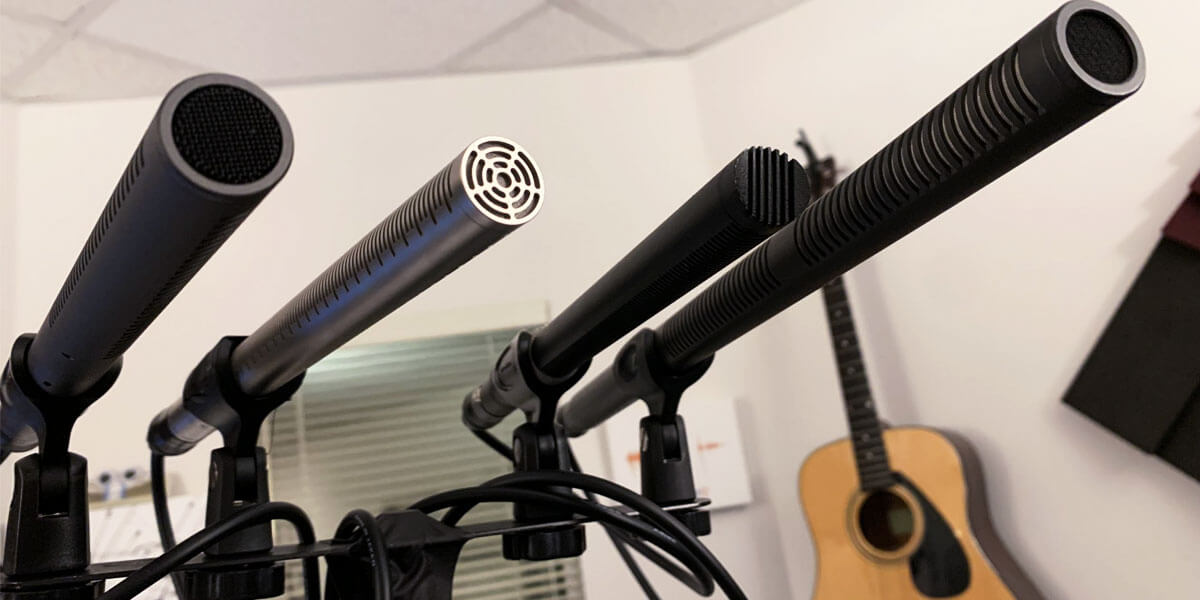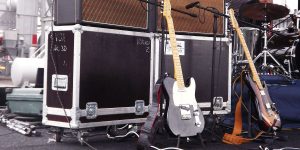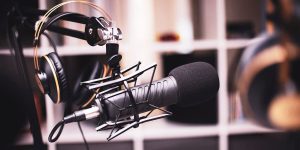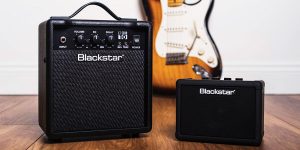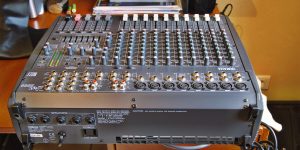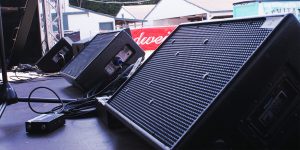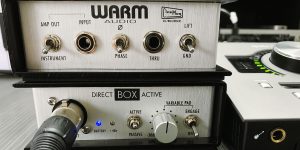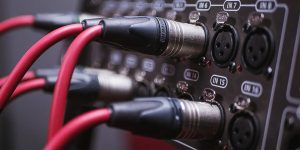Have you ever wondered, “What is a shotgun microphone, and why do I need one?”. If you’re reading my review, you’re definitely interested in this question. Well, you’re in the right place. In today’s blog post, I’m diving deep into the world of shotgun microphones and their important significance in audio recording.
Whether you’re a filmmaker striving for cinematic soundscapes, a journalist conducting interviews, or simply a content creator seeking crystal-clear audio, my article will unveil the purpose and benefits of shotgun microphones. Discover how this remarkable piece of audio gear can elevate your recordings to a whole new level of quality and clarity.
Let’s get started!
The purpose of shotgun microphones
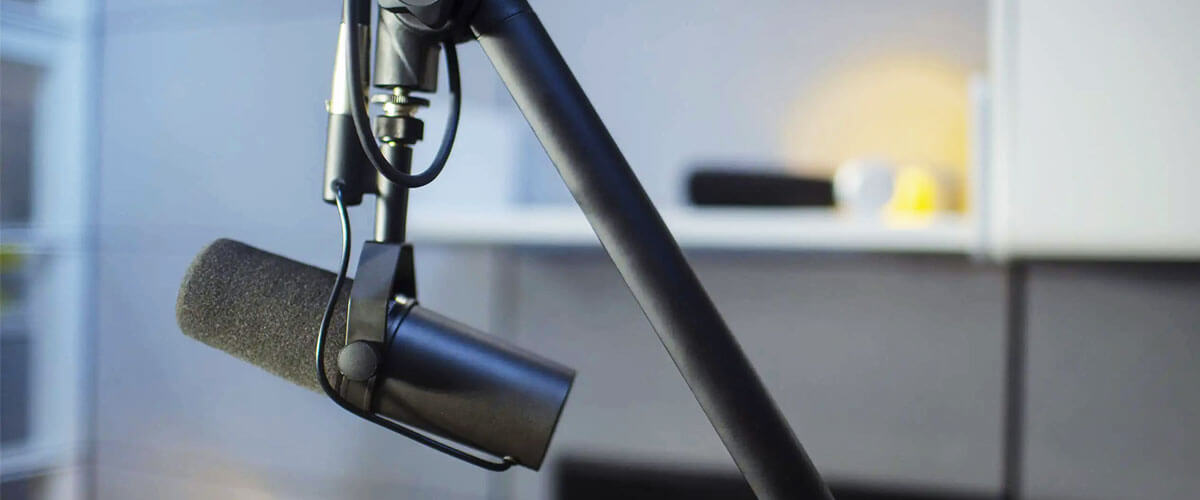
So, what is a shotgun microphone definition? Think of it as the superhero of microphones. It’s a long, slender microphone designed for one superpower – super-directivity. Unlike other mics that pick up sound from all directions, shotgun microphones are incredibly focused. Their key principle is their highly directional polar pattern, which means they capture sound from a very narrow area in front of them.
This feature makes shotgun microphones used for various applications like film production, broadcasting, podcasting, and field recording. In film production, they excel at capturing crisp dialogue while rejecting unwanted background noise. Broadcasters love them for live events because they isolate the speaker’s voice, even in noisy environments. Podcasters appreciate their ability to record clear vocals without picking up room echo. And in field recording, they’re perfect for capturing wildlife sounds without capturing rustling leaves.
In a nutshell, shotgun microphones are the go-to choice when you need to focus on a specific sound source and block out the rest of the world.
Advantages and benefits

- Noise isolation magic: Shotgun microphones excel at isolating sound sources. Whether you’re in a bustling city, a crowded event, or a windy outdoor location, they focus on your target sound while minimizing background noise. Say goodbye to unwanted distractions in your recordings!.
- Dialogues that shine: Are you a filmmaker or a vlogger? Shotgun mics are your best friend for recording crisp and clear dialogue. They pick up voices with exceptional precision, ensuring your audience hears every word without any muffled or distant sounds.
- Enhanced sound quality: When it comes to video production, sound quality is half the battle. Shotgun microphones enhance your audio, providing that professional touch to your videos. Your audience will thank you for the improved listening experience.
- Portability & versatility: These mics are compact and easy to carry, making them ideal for on-site recordings, interviews, and documentaries. Whether you’re indoors or outdoors, they adapt to your needs effortlessly.
How shotgun microphones work
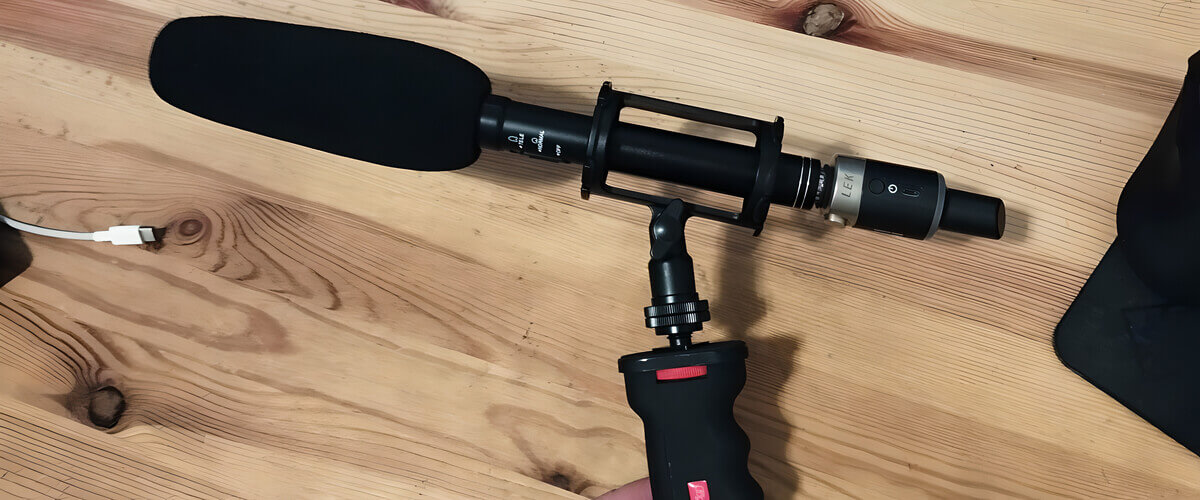
Interference tube design
At the heart of a shotgun microphone’s wizardry lies the interference tube. Imagine it as the microphone’s secret weapon against unwanted noise. This tube is strategically placed in front of the microphone capsule. It works by manipulating the phase of sound waves, allowing only the on-axis sounds (the ones coming directly at the mic) to enter. Off-axis sounds (those sneaky noises from the sides and rear) get canceled out. This is the main “superpower” of such a noise-reduction device!
Polar Pattern
As we’ve already determined, shotgun mics are known for their directional prowess, and this is thanks to their polar patterns. The most common shotgun mic pickup patterns you’ll encounter are supercardioid and hypercardioid.
- Supercardioid: Picture this as an elongated heart shape. It’s excellent for focusing on your subject while rejecting sound from the sides. Think of it as a spotlight for audio, ideal for recording dialogues or interviews in bustling environments.
- Hypercardioid: This pattern is even narrower, making it a perfect option when it comes to isolating your target sound source. It’s optimal for zeroing in on a single voice in a crowd or capturing a distant sound with precision.
Focused Reception Area
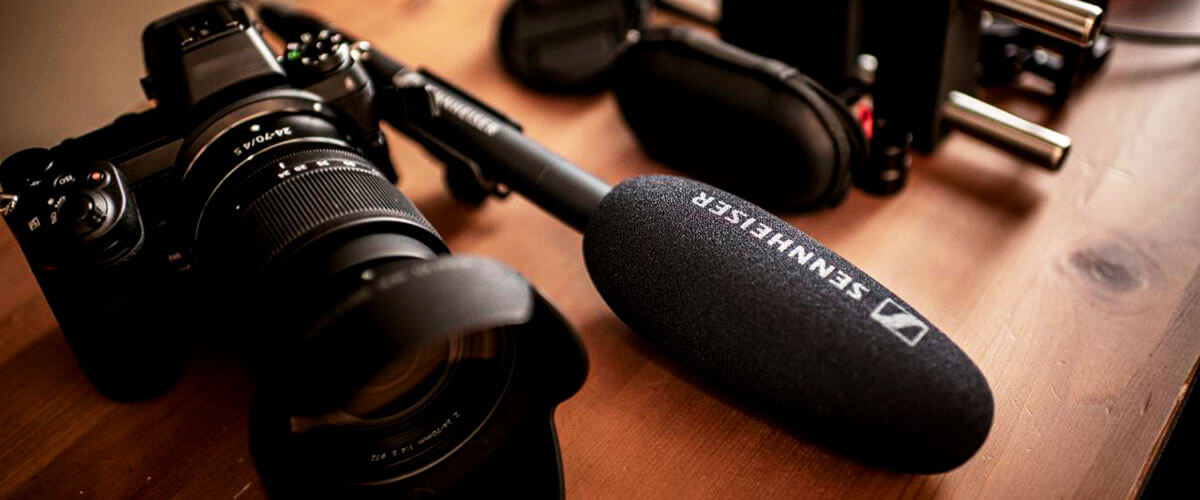
What sets shotgun mics apart is their ability to create a tight, focused reception area. Thanks to the interference tube and the specific polar patterns, these mics excel at isolating the sound you want while minimizing distracting background noise. For that very property, they are the go-to choice for filmmakers, broadcast professionals, and field recordists.
Frequently asked questions
Can shotgun microphones eliminate all background noise?
Even though shotgun microphones are really good at minimizing background noise, they can’t eliminate it completely. Their design and focused polar patterns are great at rejecting off-axis sounds, which makes them perfect for isolating the audio you want. But in very noisy environments, some background noise may still be picked up. To minimize unwanted noise even more, it’s important to think about where you place the microphone, use windshields or shock mounts, and take advantage of post-production noise reduction tools.
How do I prevent wind noise when using a shotgun microphone outdoors?
Wind noise can be a challenge when using shotgun microphones outdoors. To combat it, invest in a quality foam windscreen or a furry windjammer. These accessories significantly reduce the impact of wind on your microphone. Additionally, positioning the microphone at a slight angle away from the wind direction can help. If wind noise remains an issue, using a blimp or zeppelin-style windshield is the ultimate solution, offering maximum wind protection for pristine outdoor recordings.
Can I use a shotgun microphone for musical recordings?
Shotgun microphones are excellent for capturing individual instruments or vocals in a controlled studio environment. However, other microphone types like condenser or dynamic mics may be more suitable for capturing the ambiance and full sound of a live musical performance. It’s essential to consider the desired sound and application when choosing a microphone for musical recordings.
Can shotgun microphones capture a wide frequency range?
Shotgun microphones typically have a wide enough frequency range to capture most sounds encountered in audio and video production. They typically cover the essential frequencies for speech and general audio recording, typically ranging from 20Hz to 20kHz. However, if you have specific requirements for extremely low or high-frequency recording, such as recording certain musical instruments, it’s advisable to check the microphone’s specifications, as some shotgun models may have limitations outside the standard range.

